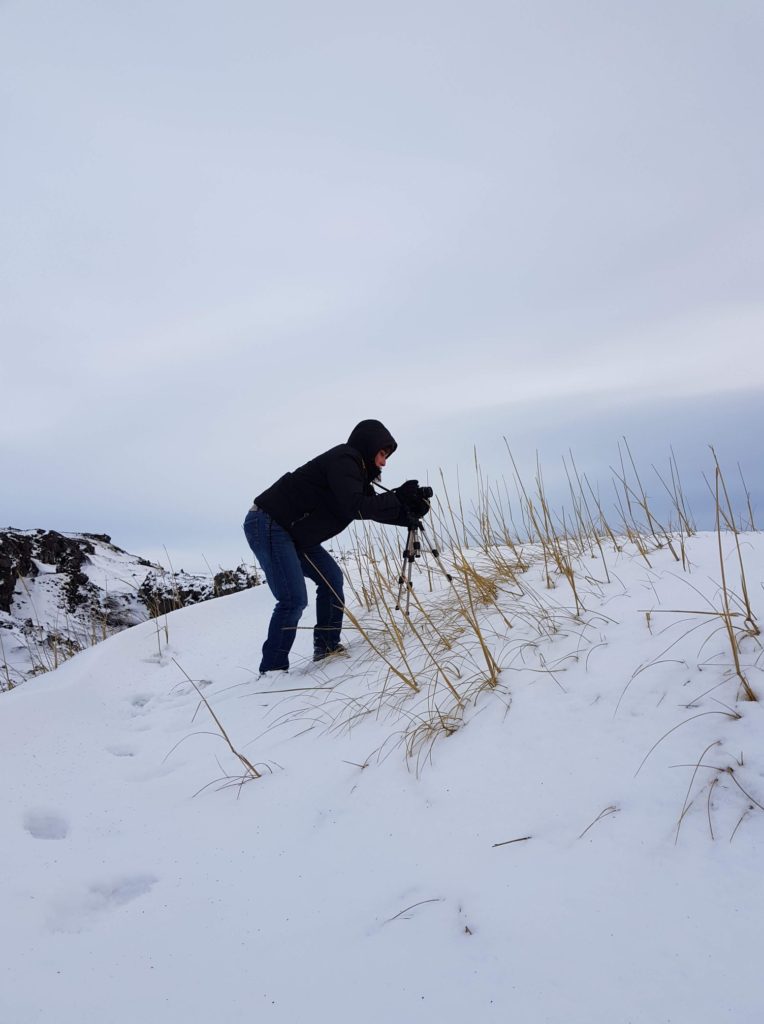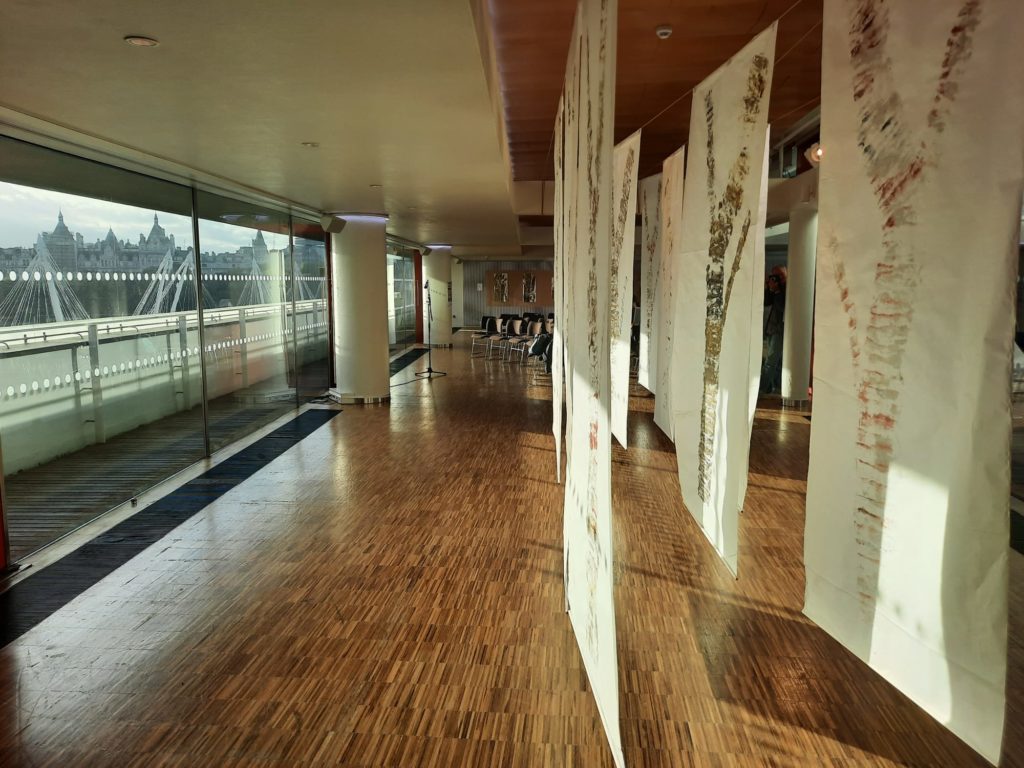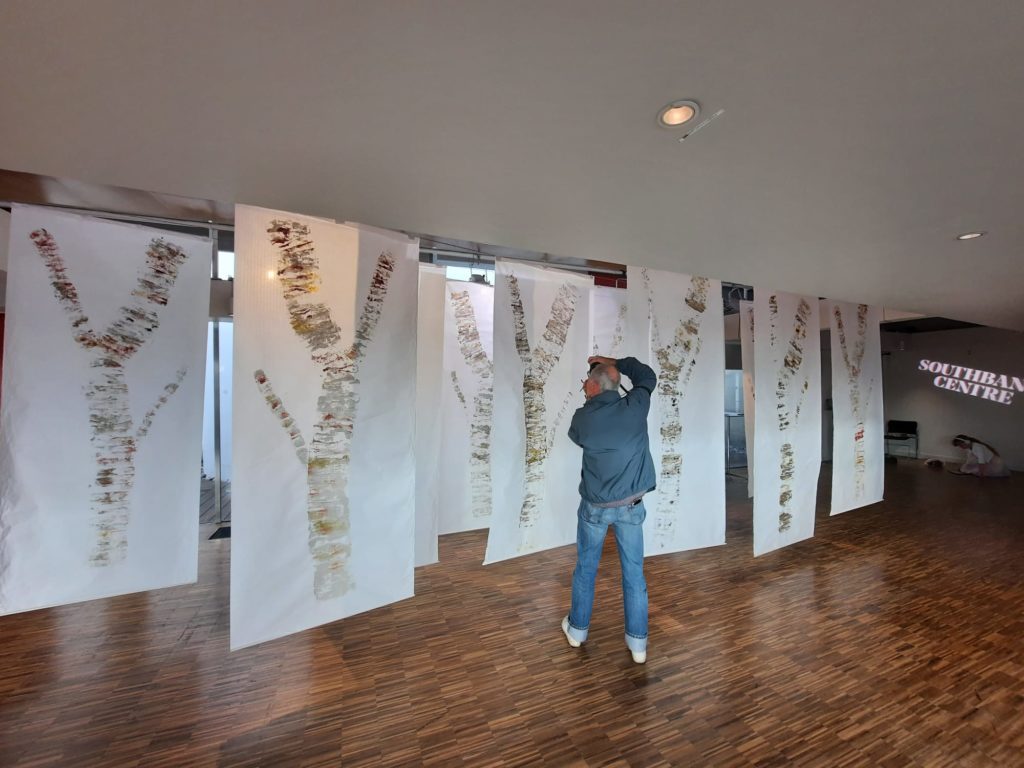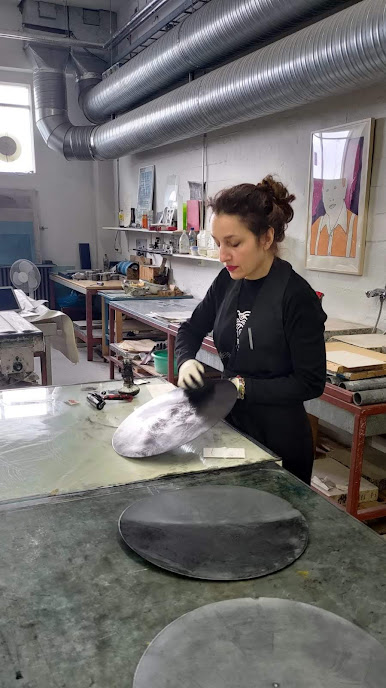Emilia Telese combines printmaking, installation and performance in her practice. She reveals hidden histories using materials such as personal objects, dust, soil and debris.
“I explore the poetic and scientific relationships between landscape, trace and human touch.”
Emilia Telese often begins her research with direct encounters in fragile environments. These include deserts, glaciers, and forests. Through this she develops artworks that engage with personal and emotional significance.

Plants trees and forests
For Emilia, plants, trees and forests are recurrent motifs. For Sleepwalking (2002), a residency and solo exhibition at the New Forest, Hampshire, she viewed the forest as a site of bereavement,. This was subsequently exhibited at the 2005 Venice Biennale as part of the Artsway New Forest Pavilion.
Emilia later completed a residency at the Arti Nel Bosco (Arts in the Forest) Festival (2006). For this she created a participatory installation in Friuli, Italy, centred on ancient trees and collective memory.
In 2012, Emilia Telese was invited by Italian artist Michelangelo Pistoletto to be an Ambassador for his Third Paradise Project. This was a global initiative to promote the harmonious relationship between humans and nature. It involved making performances shown in various venues, such as the Louvre in Paris (2012) and venues in Iceland (2020, 2021, 2025).

Dust Forest
In 2025 Emilia conceived a science and art project called Dust Forest. For this she examined the link between Iceland’s deserts and its hidden ancient forests. Her images used volcanic dust as both pigment and metaphor. This work reflects on the transformation of ecosystems and the deep timescales embedded within natural materials, not as passive substances but as active agents that shape, record, and remember.

“Originally from a family of papermakers in Amalfi, I have an enduring fascination with the tactile intelligence of paper, and its ability to carry human and environmental histories.
Joining the Groundwork Network matters to me because it aligns with my belief that art can build bridges between environmental science, lived experience, and cultural imagination.”

